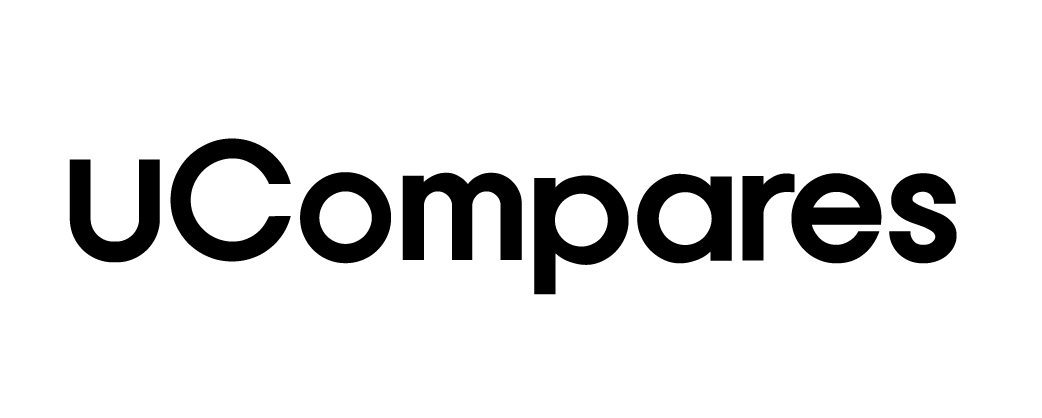In the past, generating revenue for print journalism was relatively straightforward. Traditional advertising and high subscription fees were the primary ways to ensure profitability. However, with the rise of the digital age, the media landscape has drastically changed. Legacy media companies must adapt to the times, as monetizing digital content presents new challenges like lower click-through rates (CTRs) and widespread ad-blocking. To stay competitive and increase revenue, many publishers have turned to paywalls.
What is a Paywall?
A paywall is a method of restricting access to digital content, requiring users to pay for it. It is widely used by companies offering digital media, such as newspapers, to generate income. By implementing a paywall, publishers can monetize content without relying solely on ads, which may suffer from issues like “banner blindness” or ad-blocking. Although paid subscriptions have traditionally been a primary revenue source for digital news providers, there is a growing shift towards incorporating sponsored content and other monetization models.
How to Choose a Paywall Management System
Selecting the right paywall system is crucial for success. Editorial and product teams should consider the following factors:
- Campaign Creation and Monitoring
The system should make it easy to set up, modify, and track paywall campaigns. - Plugin Compatibility
Ensure the paywall system integrates seamlessly with your current content management system (CMS). Some paywalls require using a separate content publishing solution or API integration. - Access Management
The chosen system should allow publishers to manage metering settings, giving them control over how content is restricted. - Payment Models
Some paywall systems charge users per article, while others offer subscriptions for a set period. Choose the payment model that aligns with your audience’s preferences. - Audience Segmentation
The ability to segment your audience and offer tailored content or deals can help keep users engaged and boost revenue. - Support and Independence from IT
The system should allow campaign development and monitoring with minimal dependence on the IT team, ensuring smooth and uninterrupted operation.
Types of Paywall Models
Choosing the right paywall model depends on factors such as content uniqueness, audience size, and user demographics. Here are some common paywall strategies:
- Hard Paywall
This model restricts access to all content unless the user subscribes. While offering maximum protection, it may deter new visitors and hurt SEO by limiting content visibility to search engines. Hard paywalls work well for niche markets or industry leaders with strong brand recognition. - Soft Paywall (Metered Paywall)
Users can access a limited number of articles before subscribing. For instance, the popular platform Medium uses this strategy. It strikes a balance between monetizing content and keeping users engaged, as it allows more flexibility compared to hard paywalls. - Freemium Paywall
This approach offers some content for free while restricting access to premium features or high-value articles. For example, The Telegraph uses a freemium model, allowing certain content to be accessible while requiring a membership for exclusive articles. - Metered Paywall
In this model, new users can view a specific number of content pages before being prompted to subscribe. The paywall activates once a reader has consumed a set amount of content, determined by metrics such as time spent on the site or the number of articles read.
Are Paywalls Right for Your Business?
The effectiveness of paywalls varies. For example, The Times saw a 90% drop in website traffic after introducing a hard paywall in 2010. Conversely, The New York Times increased revenue by 40% in 2017 after launching subscription programs. Before implementing a paywall, consider the benefits and drawbacks:
Advantages
- Content Monetization
Paywalls provide a straightforward way to earn revenue, ensuring a steady income stream for publishers. - Industry Impact
High-quality content can help establish a core audience, enhancing the publisher’s reputation and influence in the industry. - Ad-Blocker Monetization
With ad-blockers reducing the effectiveness of traditional ads, paywalls offer an alternative revenue source without compromising user experience.
Disadvantages
- Maintaining Content Quality
Users expect high-quality content if they are paying for access, making it challenging to maintain consistency. - SEO Challenges
Paywalls can lead to higher bounce rates, negatively impacting search engine rankings and organic traffic. - Competitive Disadvantage
Users may turn to competitors that offer free content, a phenomenon known as the “paywall paradox,” where non-paywalled sites see increased traffic.
Top Paywall Services for 2025
We have discussed all the 15 best Paywall Services in 2025 in the following list;
- Leaky Paywall
- Piano.io
- Zlick
- Admiral
- MemberGate
- MultiPub
- PayRead
- Vindicia
- Zuora
- Pelcro
- CeleraOne
- Recurly
- Subscription Genius
- Pigeon Paywall
- Varnish Software
- LaterPay
- Wallkit
1. Leaky Paywall
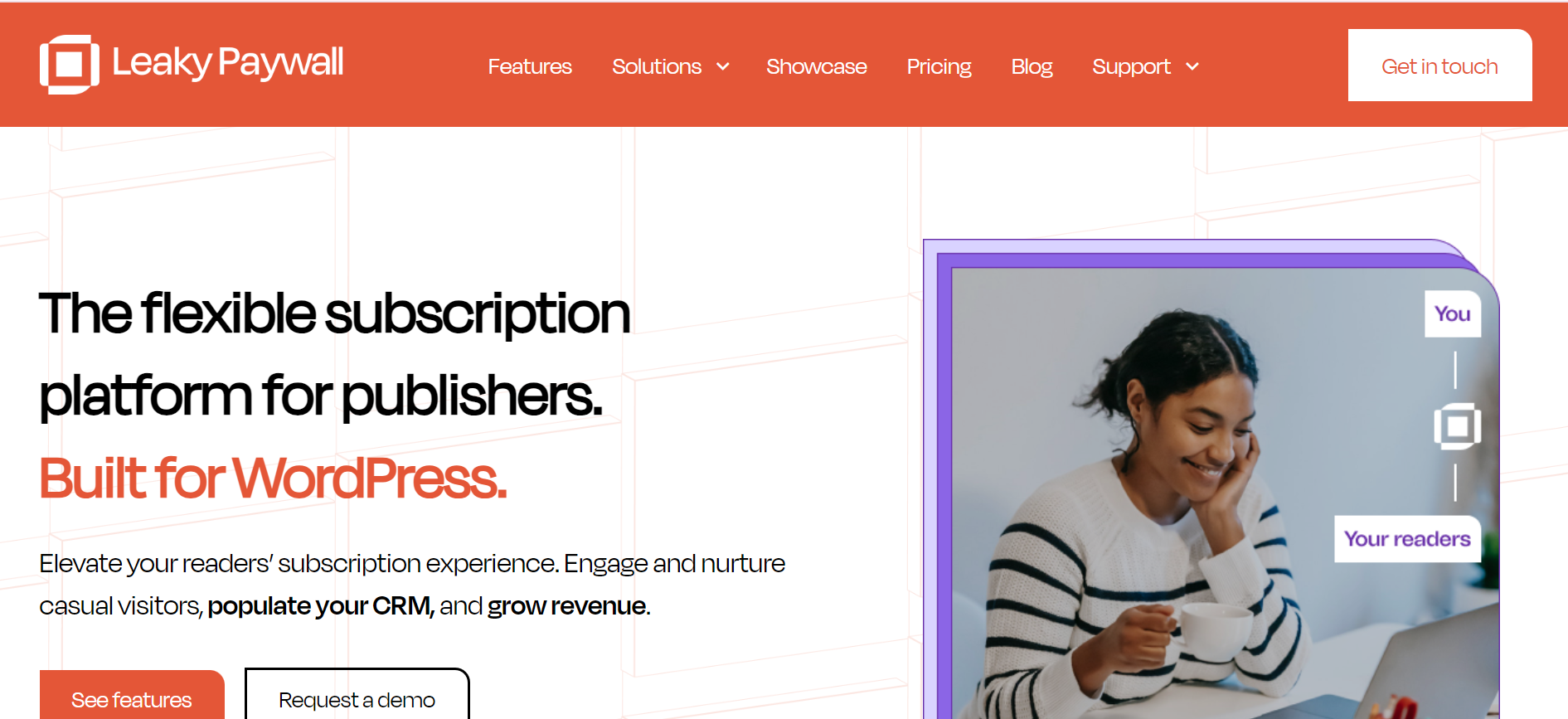
Leaky Paywall is a paywall solution for WordPress publishers that is both flexible and customizable. It is one of the few paywall platforms that support client relationship management (CRM) software in addition to iOS and Android connections. Leaky Paywall is the ideal paywall solution for publishers with an available technology pile because the setup is as simple as installing the related WordPress plugin.
- Plugin Solution: WordPress plugin
- Pricing: PubCare ($120/mo), PubCare Manager ($295/mo), iOS and Android Apps ($199/mo)
- Publishers & Brands using Leaky Paywall: iPolitics, Modern Drummer, Harvard University, Austin Monitor
2. Piano.io

Piano.io is an advanced paywall system that assists publishers in analyzing and monetizing audience activity. Metered paywalls, subscription reminders with programmable rules and triggers, A/B testing, and other elements for promoting user engagement are included in the paywall services. The optimized user interface of Piano.io, which is ideal for publishers with little prior expertise with data-driven client management, is what makes everything work.
- Alternatives for Integration: Software plugin to be added to CMS (including WordPress, Joomla, and Drupal)
- Pricing: 10% of revenue + $99 monthly fees for customer support
- Publishers & Brands using Pigeon Paywall: Not available
3. Zlick
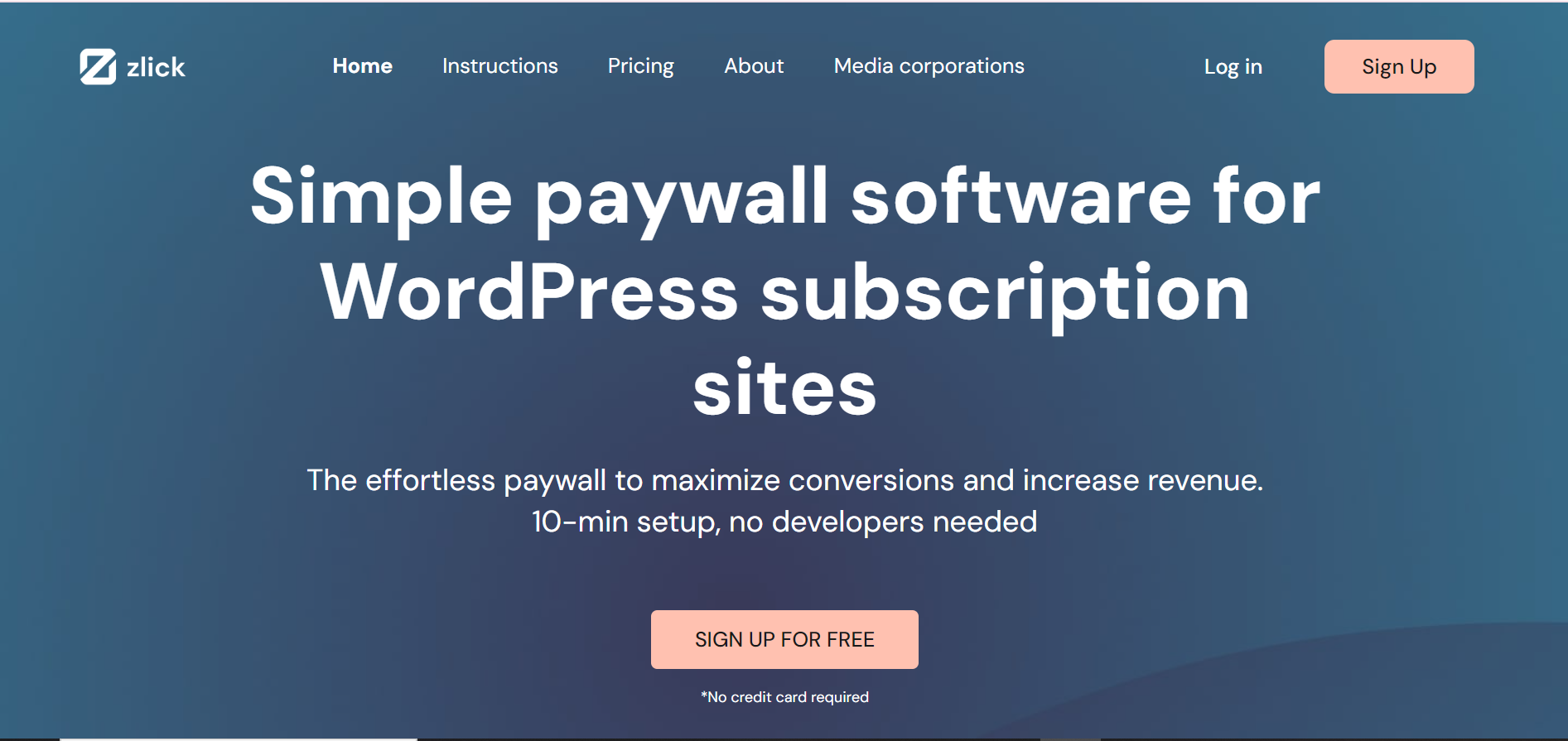
Zlick assists content authors in getting paid for their work (subscriptions and single sales). It features a CRM, analytics tracking, and communication capabilities and works with any type of content (news, blogs, podcasts, etc.). The business is concentrating on how easy it is to set up the paywall and on reader conversion rates. In 10 minutes, creators can begin receiving payments, and setup doesn’t require a development team. Additionally, by requiring 2-3 times fewer steps to complete the transaction than rival websites, readers’ conversion rates are raised.
- Plugin Solution: Not available
- Pricing: Customized pricing
- Publishers using Zlick: Bonnier, Postimees, DNA
4. Admiral
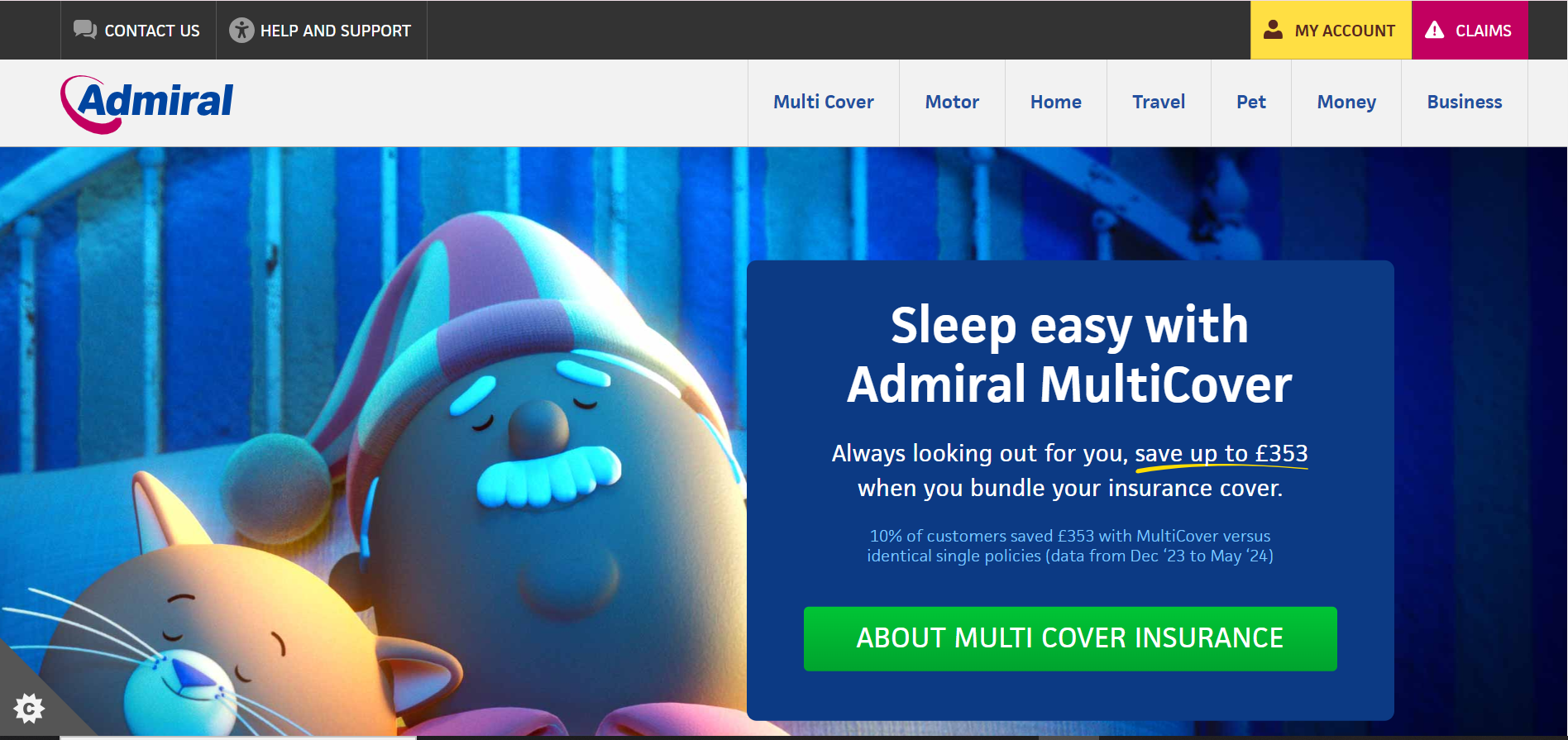
Admiral provides intelligent paywalls that include flawless tracking, segmentation, dashboard metrics, and an intuitive interface for evaluating paywalls, price plans, and creatives. Admiral’s multifaceted paywall makes use of its skills in customer relationship management, which offers a comprehensive and consistent solution to paywalls, regwalls, paid subscriptions, email list growth, social following, Adblock recovery, privacy permission, and more. Publishers can launch quickly thanks to the one-tag deployment, performance-based pricing, and Admiral Customer Love team.
- Pricing: 100% performance-based pricing. No platform fee is required.
- Publishers & Brands using Admiral: Mediate, Capitol Broadcasting, Salem, Bone Newspapers, RawStory.
5. MemberGate
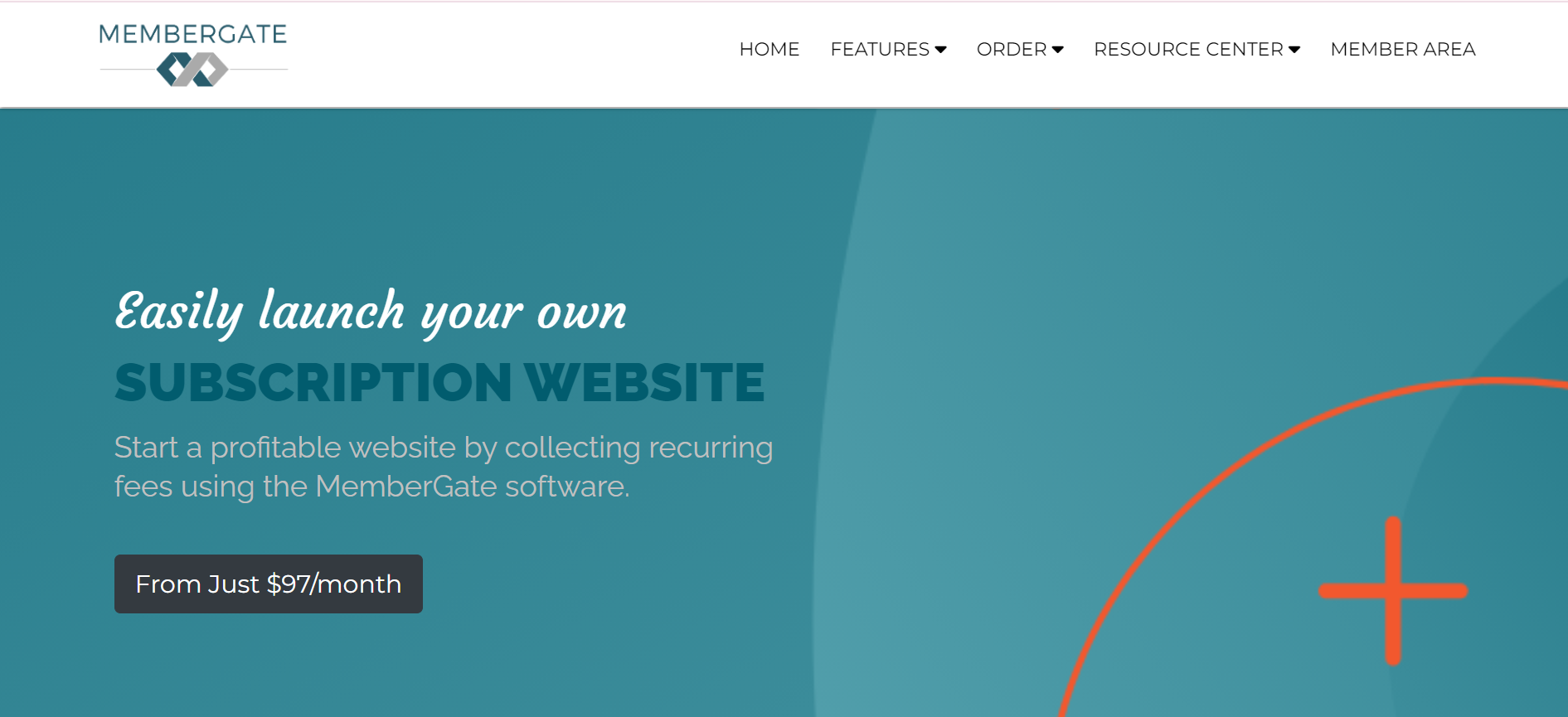
Since it was founded more than 18 years ago, MemeberGate has provided websites with subscription services. To ensure everything runs smoothly, the corporation fully assumes responsibility for paywall testing and optimization. They also offer subscription management, detection of questionable activities, and transaction management.
- Plugin Solution: Pay for software to access all the plugins
- Pricing: Starter ($97/mo), New Marketer ($197/mo), Growing Business ($247/mo), and customized pricing for enterprises
- Publishers & Brands using MemberGate: SportsRehabExpert, DanceStudioOwner, Club Rhino
6. Multipub
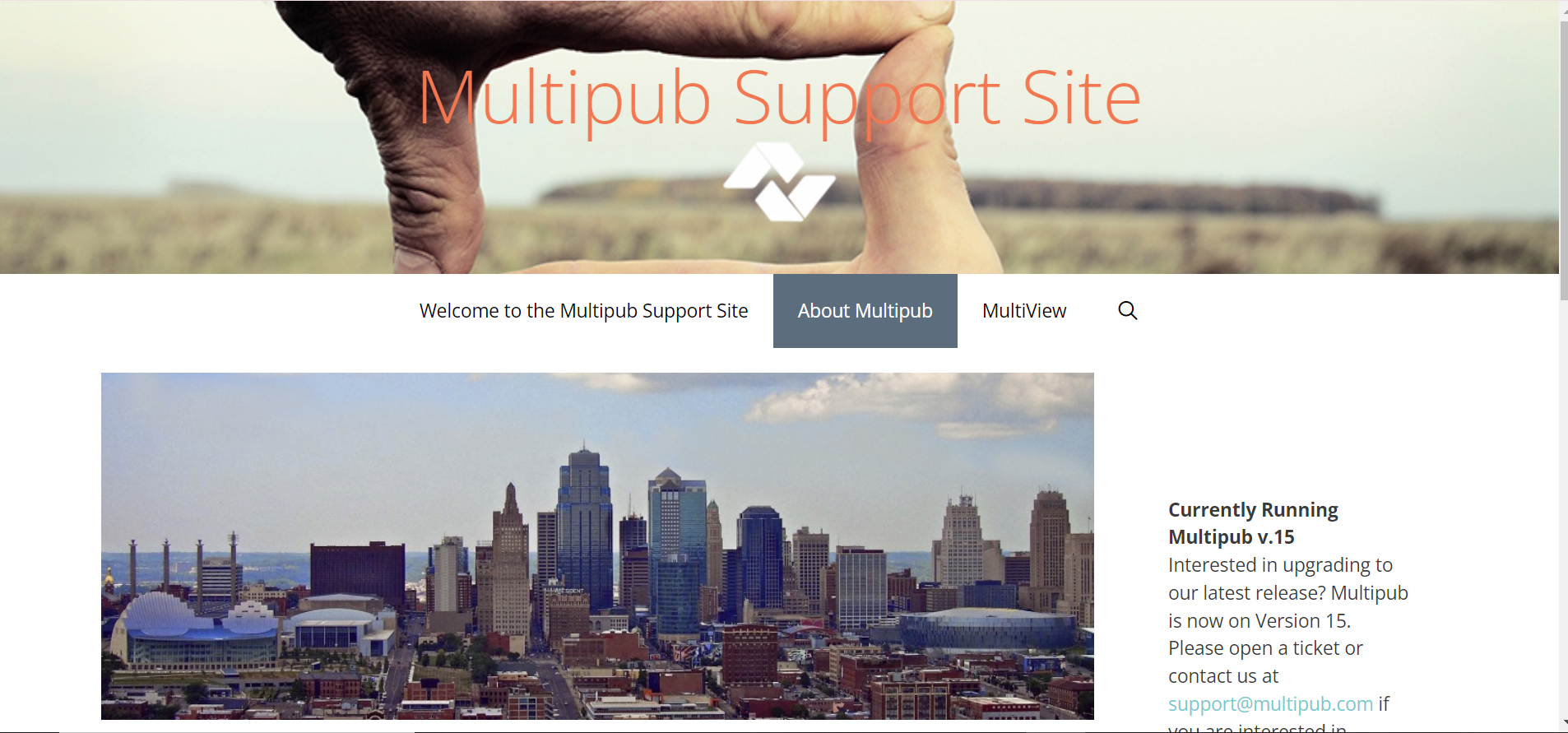
Publishing companies can manage their subscriptions using Multipub. The business provides automated solutions for chores associated with subscriptions, such as accounting, marketing operations, and CRM updates, which also aid in personalized content and management. The ability to enable and disable subscription renewal is indeed made simple by their subscription panel.
- Plugin Solution: API integration
- Pricing: Customized pricing, as per the size/niche of the publisher
- Publishers using Multipub: ACBJ, University of Hawaii Press, Fastline Publications
7. PayRead by Fortumo
PayRead is a subscription solution for mobile applications and websites developed by Fortumo. Customers are billed by the company using their SIM cards. Due to the several steps consumers must take in order to make a purchase using a card, Fortumo feels that card payments are inefficient. While SIM card payments are rapid, convenient, easy, and secure. PayRead partnered with more than 350 mobile providers globally to provide complete satisfaction.
- Plugin Solution: Web widget and SDK integration
- Pricing: Revenue sharing model
- Publishers & Brands using PayRead: Aftonbladet, OLX Group, Spotify
8. Vindicia
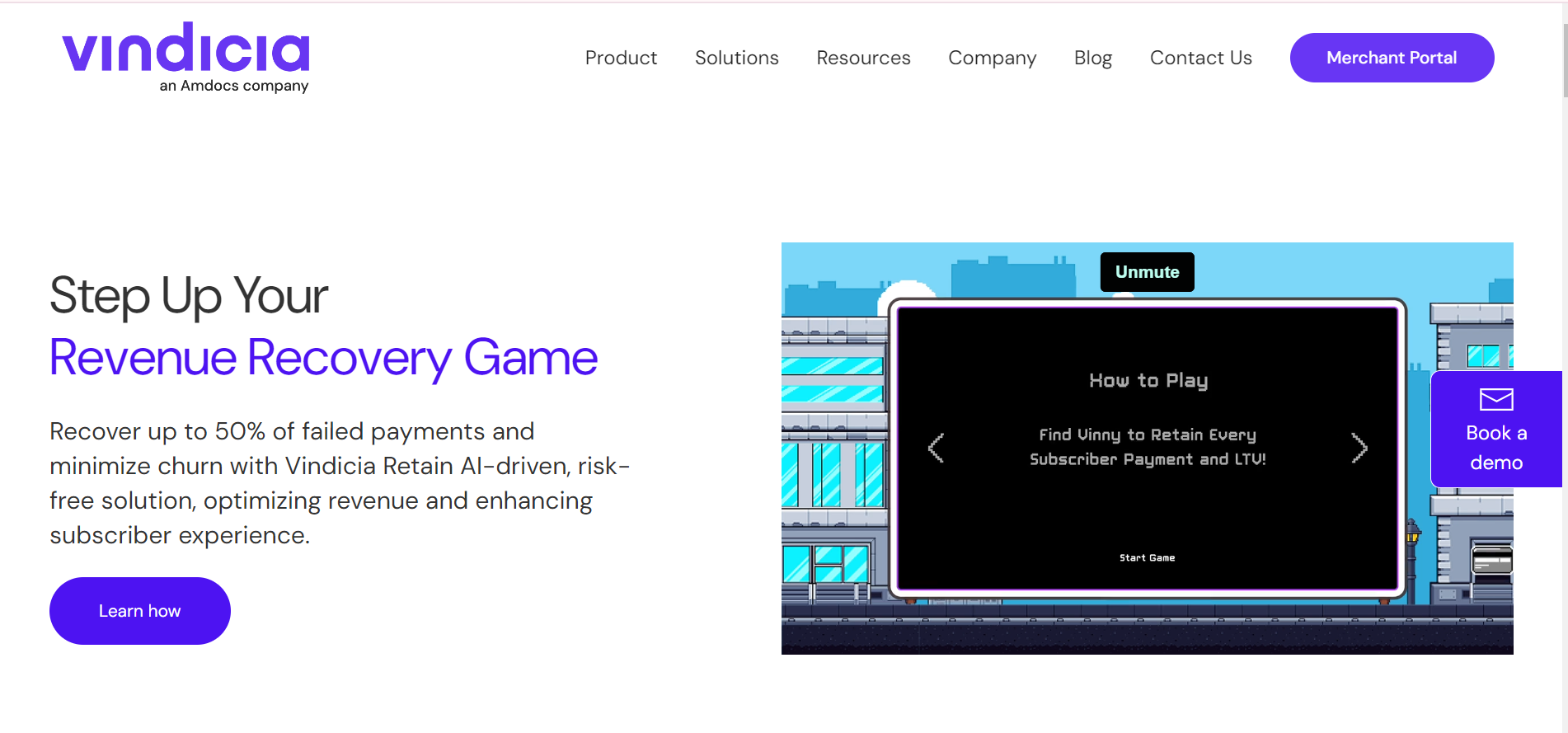
Vindicia has been in the business for more than 15 years and has completed over than 600 million transactions totaling more than $29 billion. Vindicia CashBox is a full-featured subscription management tool that provides industry standards to maximize client retention and raise financing costs. It offers options for lifetime subscriptions, pay-per-use, add-ons, different accounting options, payment aggregates, compatibility with virtual currencies, and a wide variety of payment types.
- Pricing: Vindicia provides a risk-free trial as well as subscription-based pricing.
- Publishers & Brands using Vindicia: Turner, EROS NOW, FreedomPop
9. Zuora
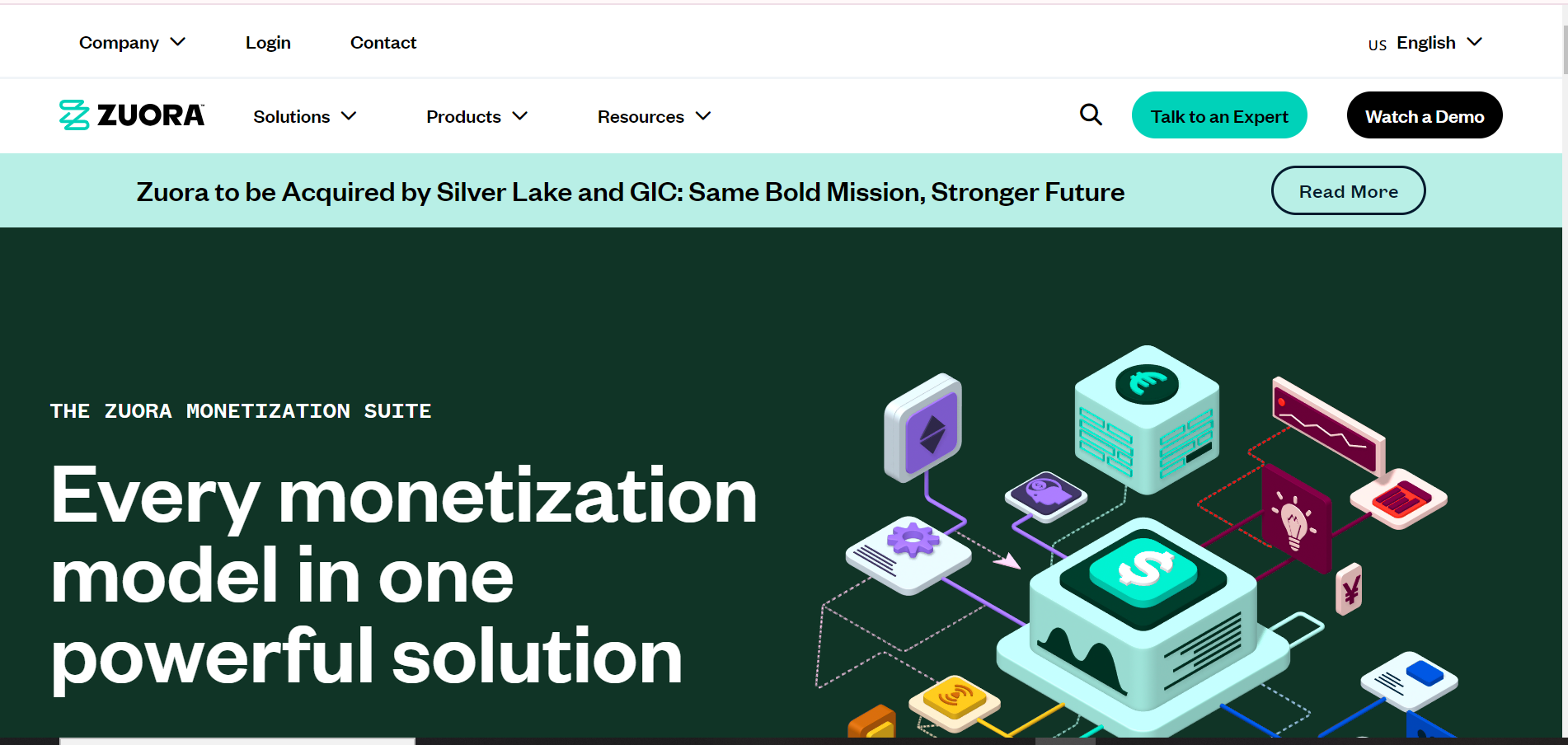
Zuora develops bespoke software for businesses to help them get launched with their subscription business. Additionally, it aids in the launching and management of the subscription campaign, and the organization manages the full user lifespan. Publishers who use Zuora receive worldwide payments that can be assessed by users in order to enhance current effectiveness.
- Plugin Solution: Not available
- Pricing: Customized pricing
- Publishers using Zuora: Financial Times, The Telegraph, The Seattle Times
10. Pelcro
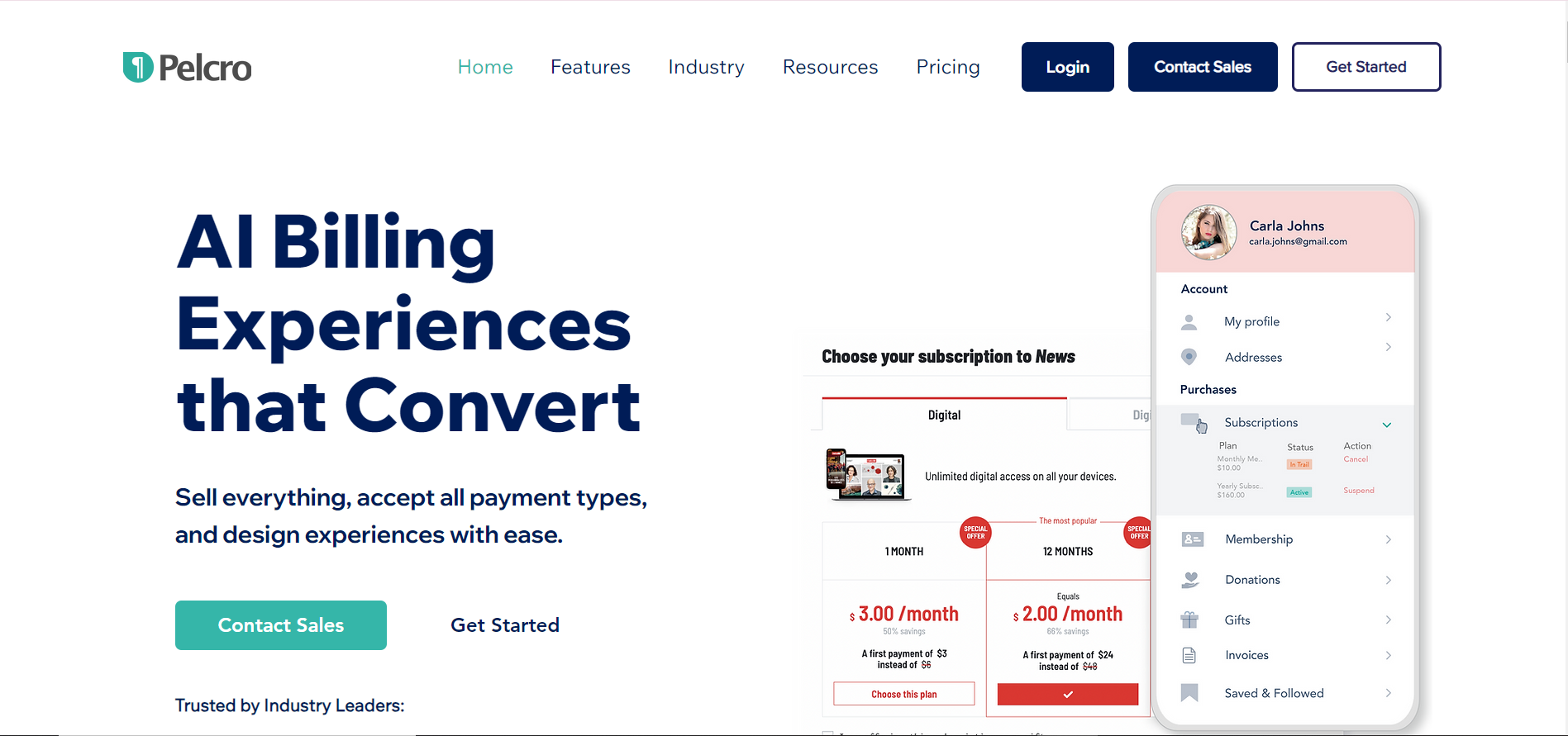
Pelcro is an easy-to-integrate subscription management system that works with the majority of CMS, including WordPress, Wixx, and Drupal. Pelcro allows you to filter your consumer base using parameters like device, country, and region. The text, design, and flow can all be tailored specifically for that specific audience by the publisher. By designing various paywalls for various audience segments, it also enables you to A/B test your audience. Leading payment processors including PayPal, ApplyPay, Amazon Payments, etc. are supported.
- Plugin Option: WordPress Plugin
- Pricing: 7-day free trial. Starter ($99), Advanced ($450), Professional ($800), and Custom solutions
- Publishers using Pelcro: Newsweek, The Hockey News, Arkansas Times
11. CeleraOne
CeleraOne provides a metered, hybrid, freemium, hard, and registration paywall solution in a timely manner. The program uses first-party data tracking and segmentation to drive reader engagement, subscriptions, and retention.
- Plugin Solution: API Integration, JavaScript Integration, and SDK Integration
- Pricing: Customized pricing, as per the business needs
- Publishers using CeleraOne: BILD, Zeit Online, NZZ
12. Recurly
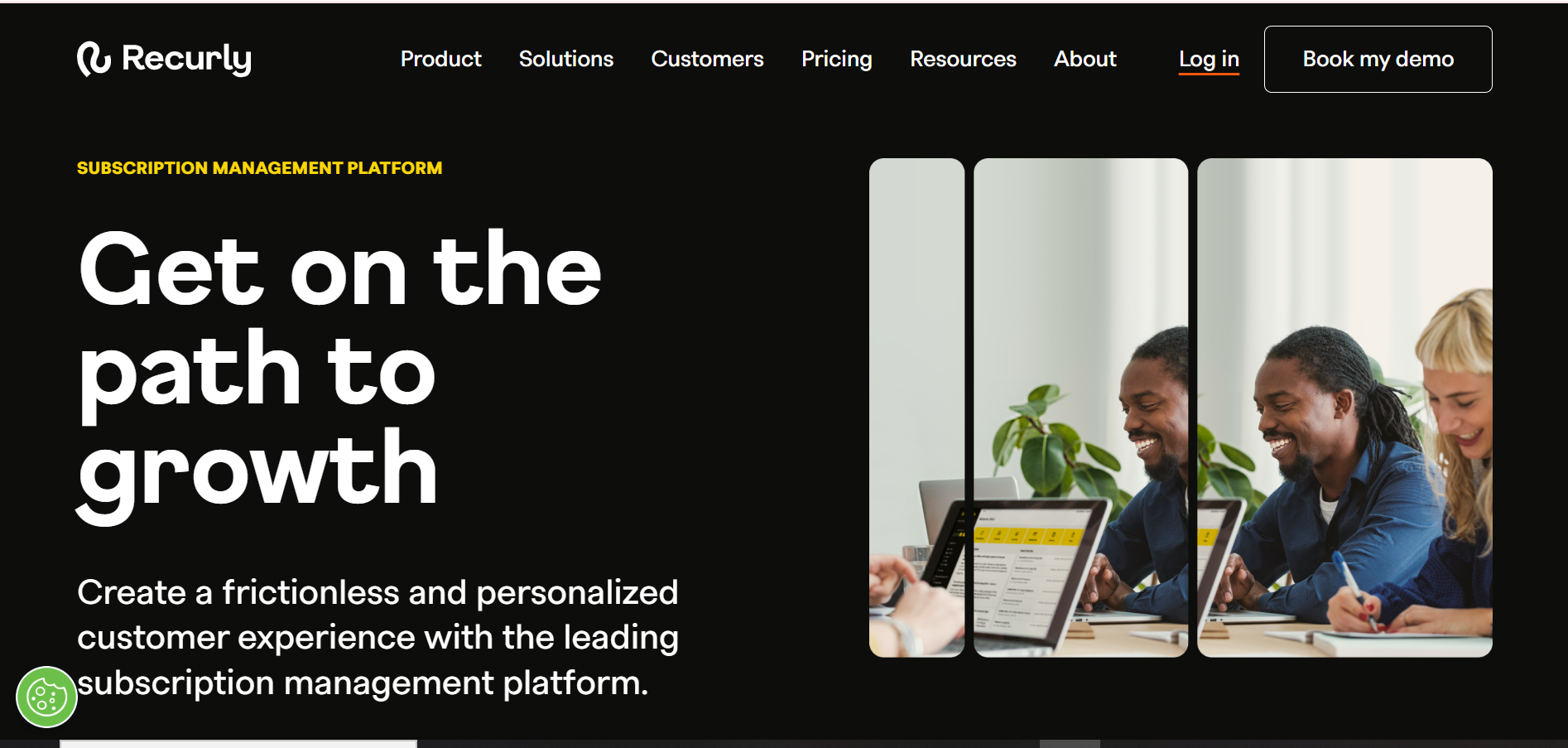
Recurly is assisting publishers in fast scaling their memberships as they strive for a simpler subscription shopping experience. To increase their billing consistency, their revenue optimization engine employs artificial intelligence based on hundreds of millions of profitable engagements. According to the brand, they have seen an average 12% boost in monthly income because of this unique technology.
- Plugin Option: API integration
- Pricing: Per-transaction basis, % of revenue, and a base monthly fee
- Publishers using Recurly: AccuWeather, twitch, BarkBox
13. Subscription Genius
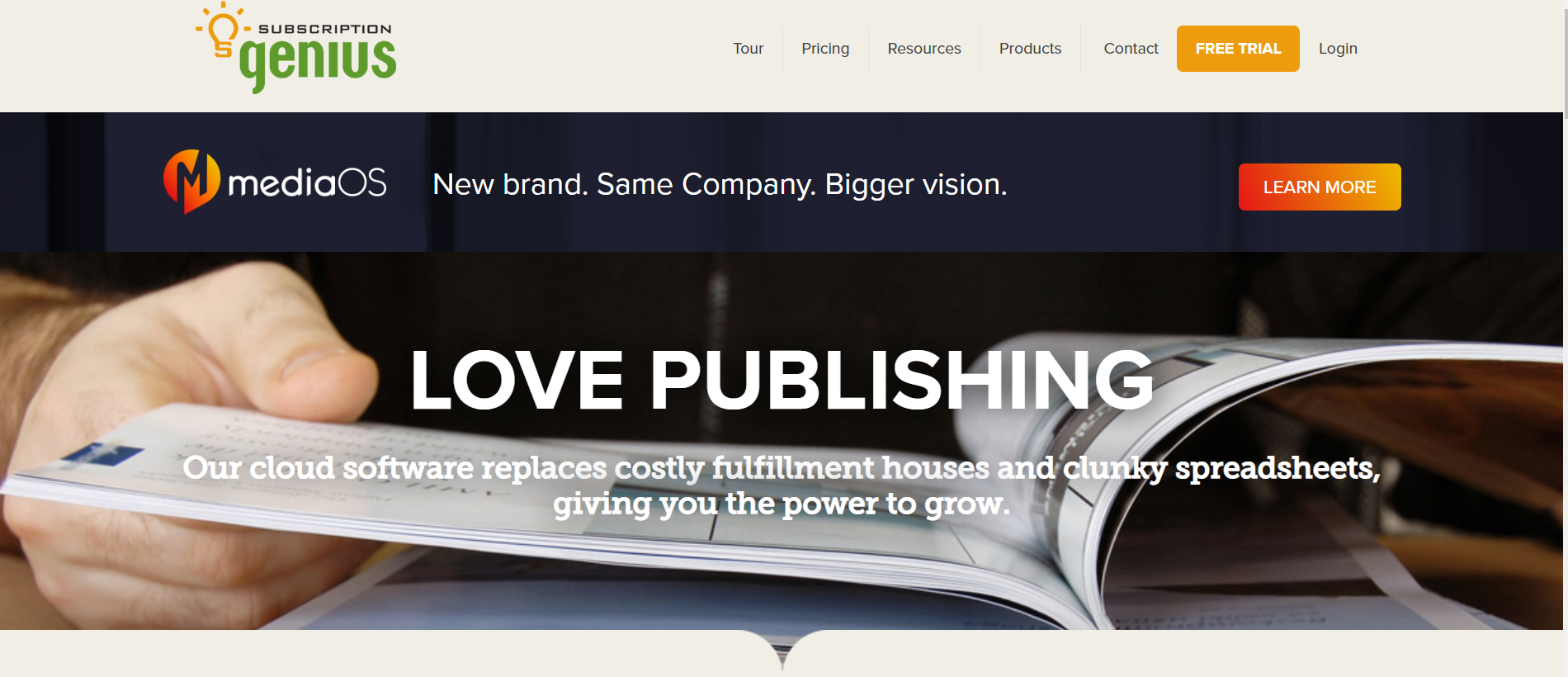
Subscription Genius provides email lists and subscriptions to digital publishers. The technology enables publishers to separate the website into sections for premium users and non-premium users, allowing them to create premium content and only display it to premium consumers.
- plugin Solution: Plugin added to CMS
- Pricing: Not available on the website
- Publishers using Subscription Genius: Omaha, Vice, Lucky Peach
14. Pigeon Paywall by SabraMedia
SabraMedia’s Pigeon Paywall is a safe paywall option for publishers, including hard and metered paywall options. It enables publishers to create their own campaigns and aids in creating a more effective conversion strategy. Additionally, the business provides instruction to the publishers’ teams so they may better utilize paywalls for increased revenue.
- Plugin Solution: Software plugin to be added to CMS (including WordPress, Joomla, and Drupal)
- Pricing: 10% of revenue + $99 monthly fees for customer support
- Publishers using Pigeon Paywall: Not available
15. Varnish Software

Varnish Software provides content delivery technologies as well as paywall solutions. The business provides publishers and media organizations with hard, metered, and personalized paywalls. Varnish Paywall is renowned for emphasizing user experience and facilitating quick content delivery. It makes sure that the publishers always maintain control.
- Plugin Solution: Plugin added to CMS
- Pricing: Not available on the website
- Publishers using Varnish Paywall: BBC, The Hindu, LiveJournal
16. LaterPay
LaterPay provides paywall services to publishers, bloggers, influencers, and video content producers. The business says that providing a “Pay Later” characteristic they refer to as a dynamic paywall—will enhance income. In essence, it allows users to access free information up until a $5 or higher payment threshold. LaterPay asserts that doing this will raise revenue by 2.5 times.
- Plugin Solution: WordPress plugin, API integration, and JavaScript integration
- Pricing: Standard 15% of revenue
- Publishers using LaterPay: The PULP, Salon, VRM, buchreport
17. Wallkit

Wallkit builds interactive walls and assists publishers and content creators in maximizing revenue from their material. The cloud-based paywall technology interacts with all the popular services and makes it simple to control content access for paid subscribers. It also has a dashboard and CRM settings that provide sales teams the ability to boost sales.
- Plugin Solution: Wallkit is completely API based.
- Brands using Wallkit: SKIFT, THEWRAP, Benzinga
Conclusion
Implementing a paywall is a significant decision for publishers, with both advantages and disadvantages. While it can provide a steady revenue stream and bypass ad blockers, it may also lead to a decrease in organic traffic and drive users to free alternatives. When selecting a paywall service, consider factors like the payment model, audience segmentation capabilities, ease of integration, and campaign management. The right choice can help maximize content revenue without compromising user experience.
Frequently Asked Questions (FAQs)
What is the main purpose of a paywall?
A paywall helps monetize digital content by restricting access to non-subscribers, thereby generating revenue from users who pay for premium content.
Are paywalls SEO-friendly?
Paywalls can negatively impact SEO by increasing bounce rates and limiting content visibility to search engines, especially with hard paywalls.
Which paywall model is best for small publishers?
Soft or metered paywalls are usually better for small publishers as they offer a balance between content accessibility and revenue generation.
Can paywalls help combat ad-blocking?
Yes, paywalls provide an alternative monetization strategy that isn’t affected by ad-blocking software.
How do freemium paywalls work?
Freemium paywalls allow users to access some content for free, while premium content requires a subscription. This model helps attract a broader audience while still monetizing high-value content.
